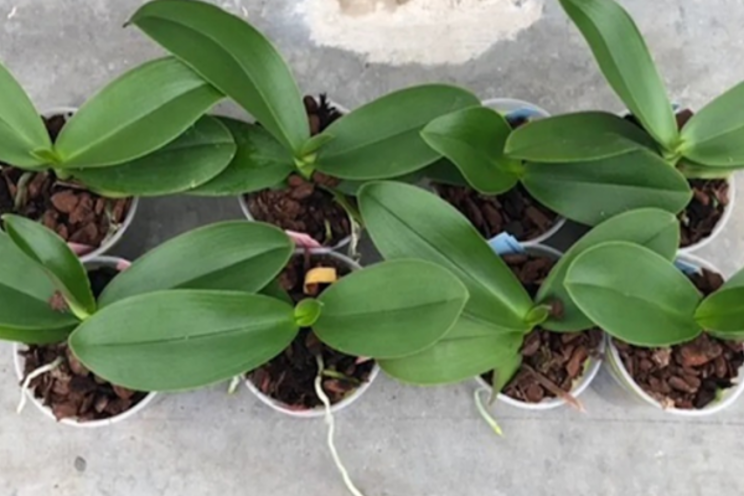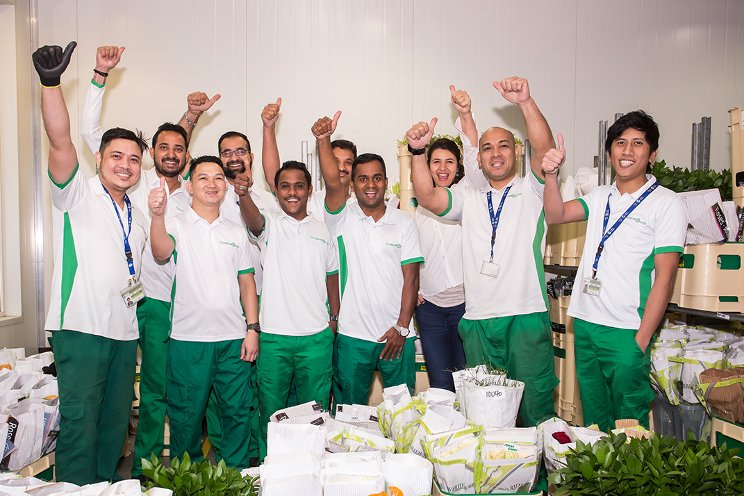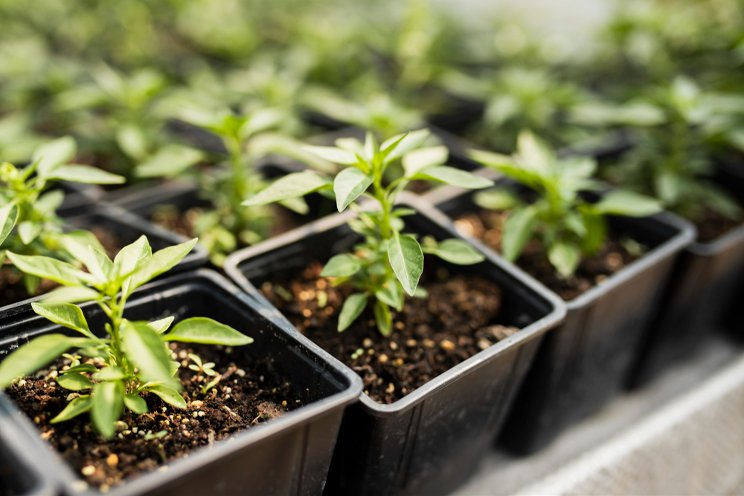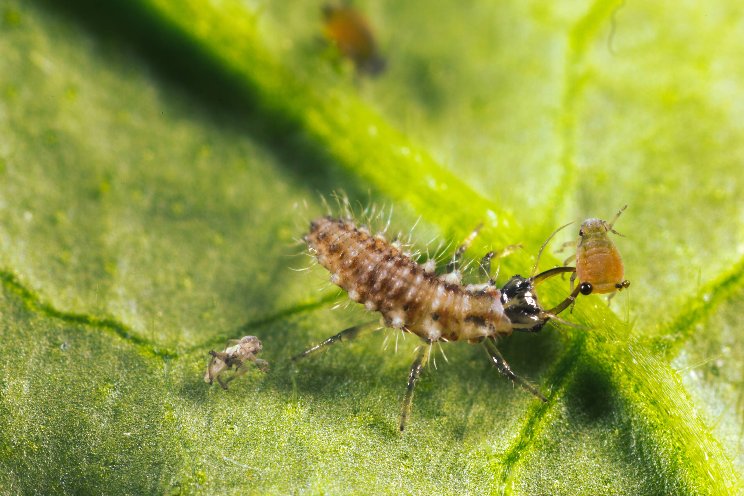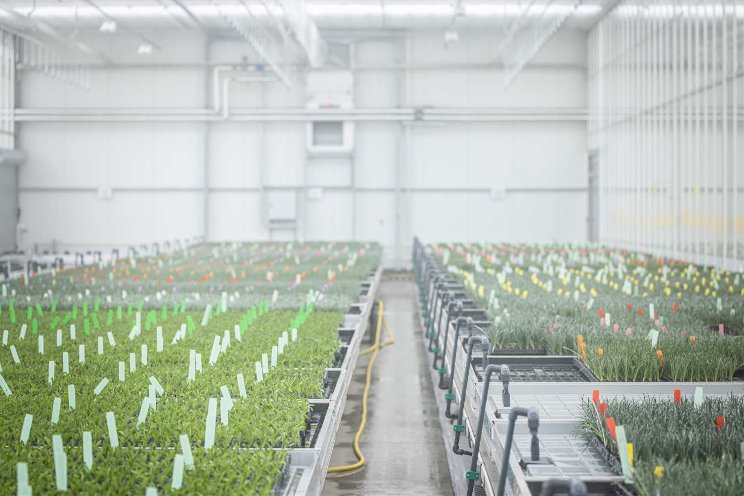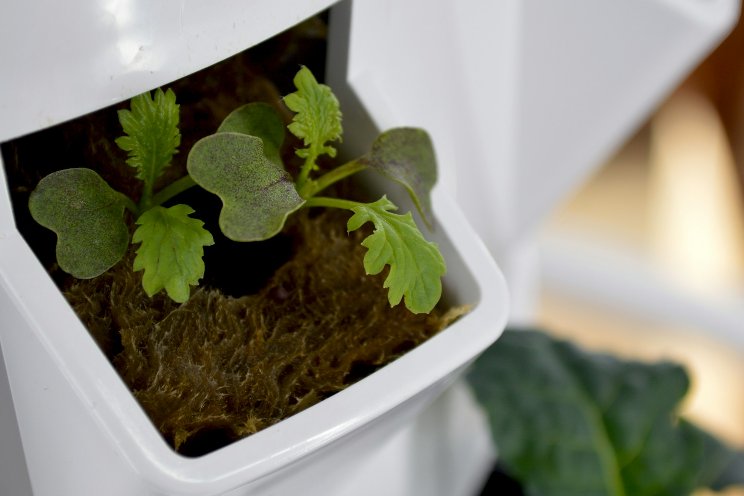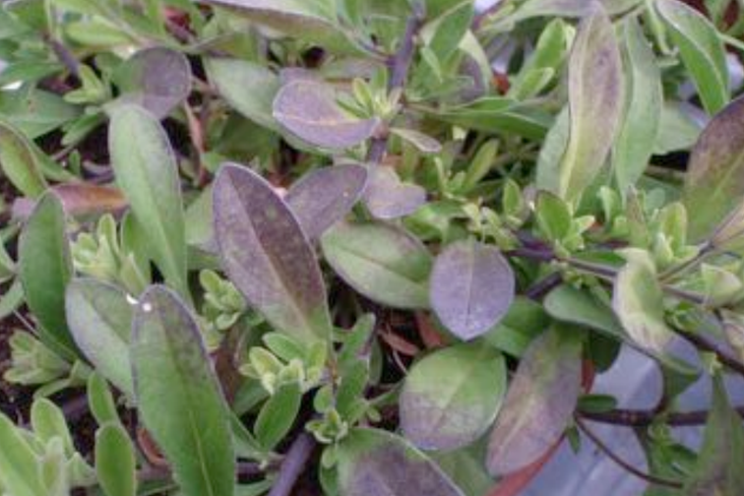Speciality crops to test appetite for gene editing
Added on 14 October 2022

Three Types of Regulatory Systems Globally
Gene-editing technology, especially CRISPR, offers the possibility to design a plant without introducing foreign genes, reducing some of the controversy associated with earlier genetically modified organisms (GMOs). (Read more about the impacts of the technology on food and agriculture in Rabobank’s report Gene-editing Technology To Disrupt Food & Agri Systems, and about the difference between gene editing and GMOs in Gene editing in the G&O sector). Foreseeing the enormous impacts gene editing can bring to the current F&A system, countries have formulated their own regulations accordingly. Around the world today there are three types of regulations for gene-edited crops (most countries have different views on gene editing for animals). These approaches are:
1. Treat gene-edited products as conventional products, with a “product”-based evaluation method, as in the US, Canada, Argentina, Uruguay, Colombia, and Japan, for example.
2. Treat gene-edited products as conventional products with a “process”-based evaluation method, an approach taken in Australia, China, and Brazil.
3. Treat gene-edited products as GMO products, as in the EU (excluding the UK, which is formulating new regulations post-Brexit), Mexico, and New Zealand.
A product-based approach looks at the product itself when regulating, while a process-based approach considers how the product was created.
Image by DCStudio on Freepik
More news
